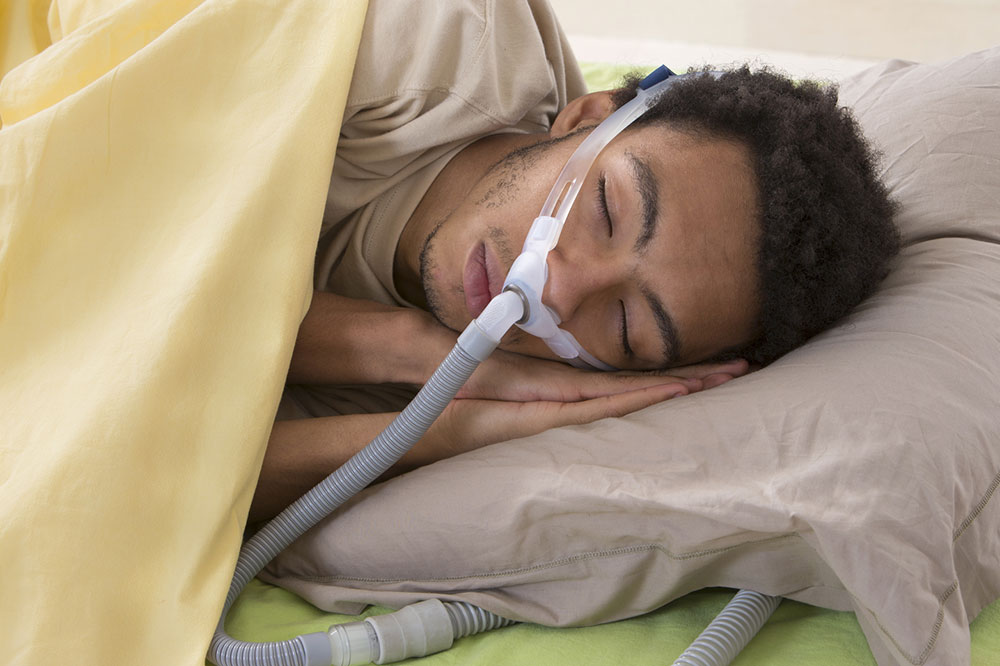
Sleep Apnea – Risk Factors and Preventive Measures
A sleep disorder with symptoms ranging from mild to serious, sleep apnea causes sudden interruption of breathing while one is asleep. Snoring might also indicate the presence of sleep apnea in adults. Let’s look at the risk factors for sleep apnea and a few effective prevention tips to keep the disorder at bay.
Risk factors for sleep apnea
- Obese men are in the high-risk category for sleep apnea, as one’s body weight has a huge role to play in its development. People who do not maintain a healthy BMI and those who gain excess weight over a short period are at risk of developing sleep apnea. It mainly affects adults, and men are more likely to be affected than women.
- People with a family history of this sleep disorder should be careful and discuss the risks with their doctor. Any signs like snoring should be given due attention, especially if the condition runs in the family.
- Biological factors like neck circumference could also lead to an increased risk of sleep apnea. If the neck size is larger than 16 inches in women or 17 inches in men, it elevates the risk of sleep apnea.
Prevention tips
Sleep apnea is not serious by itself, but the associated complications can be severe. The lack of sleep can result in mental health problems like mood swings and depression, and it can also cause physical health problems like high blood pressure levels. So, understanding the risk factors and prevention tips for sleep apnea can be critical, especially if one is overweight:
- Yoga is an effective option for people who are at high risk of sleep apnea. Several exercises can help improve breathing efficiency, and yoga can also help boost heart health. If one is already suffering from sleep apnea, yoga can help calm their mind and reduce the stress due to a lack of sleep.
- Sleep apnea patients should rigorously work on reducing their excess body weight. In general, being overweight can elevate the risk of several health problems, but people who belong to the high-risk category of sleep apnea should be more cautious about their body weight. Maintaining a healthy weight brings down the risk of this sleep disorder significantly.
- A side sleeping position is better for sleep apnea patients than sleeping on one’s back. It can also be effective in tackling associated problems like snoring, as the position puts less stress on the airways and allows for comfortable breathing. This, in turn, lowers the chances of restriction of airflow when one is asleep.
Knowing the risk factors and prevention tips for sleep apnea can help one seek timely medical assistance to manage the condition. When diagnosed early, this condition can be treated with a suitable treatment plan to manage the symptoms.


